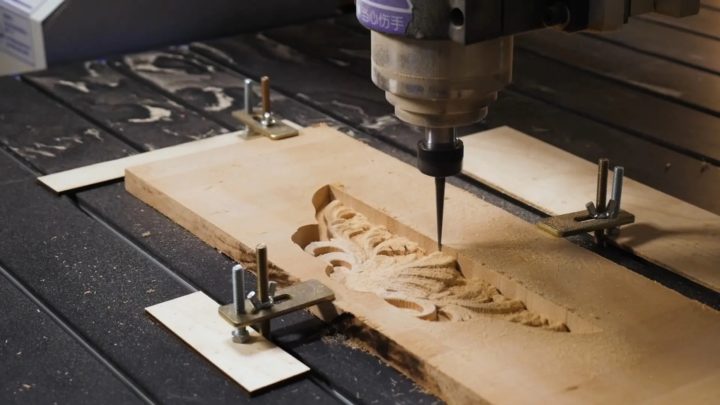Tactility Speaks CNC Machining

Being engrossed in the day-to-day activities we might sometimes overlook the sensorial input we continue to receive from the exterior environment. It does not mean however that these impulses are neutral to our perception, mood, reactions and attitude that we might develop towards surfaces, products and spaces.
Take a moment and ponder whether you can recall the products or places that:
- evoked in you a sense of serenity, warmth and comfort
- you perceived as harsh, hostile and unpleasant
- looked too plain and too ordinary to make any memorable impression
These perceptions are built on a holistic experience of colours, materials, finishes and sensory stimuli these evoke.
Tactility constitutes one of the five sensory reactions that impacts above stated sensibilities. Being one of the founding elements of our perception, it allows us to accurately respond to and memorise the environment we find ourselves in.
Building on the general idea that a brand is the personality and the face of your business, which through sensory stimulation builds a relationship with consumers, we feel that tactile design of surfaces, products and spaces should never be overlooked. It should always be explored and creatively pursued.
Today we consider Computer Numeric Control Machining (CNC) as a process that can help you create a haptic surface defined by textural sense of awe and wonder.
This production method can be utilised in small to large pieces, and stands as a versatile solution even for the low volume production and prototyping. It can be applied to shape materials such as woods, MDF panels, metals, plastics, composites, stones etc. Furthermore, it offers a high level of precision in surface decoration as well as almost limitless opportunities of form.
Aforementioned freedom of shapes makes this process an ideal tool for creation of tactile surface experiences. To exemplify, it can be adopted to projects such as a large multi-panel surfaces with fluid transitions, as well as small functional textures for grips or handles. In effect, to name a few, it can allow you to create smooth, undulating, curved, spiked, rough and macro-textured surfaces.


Application of consistent tactile experiences throughout your product range can strike a great emotional connection between your brand and your consumer. This approach can offer your user a holistic brand experience on daily basis as well as distinguish tactility of your brand even in darkness. Stay tuned to read more about this next week!
If you are interested to learn more about tactile surfaces, types of haptic experience or just finding the right tactility for your brand, please feel free to get in touch to arrange a workshop sessions and explore our material library for seasonal/project inspiration!
Posted 01 February, 2018 by Katie Kubrak